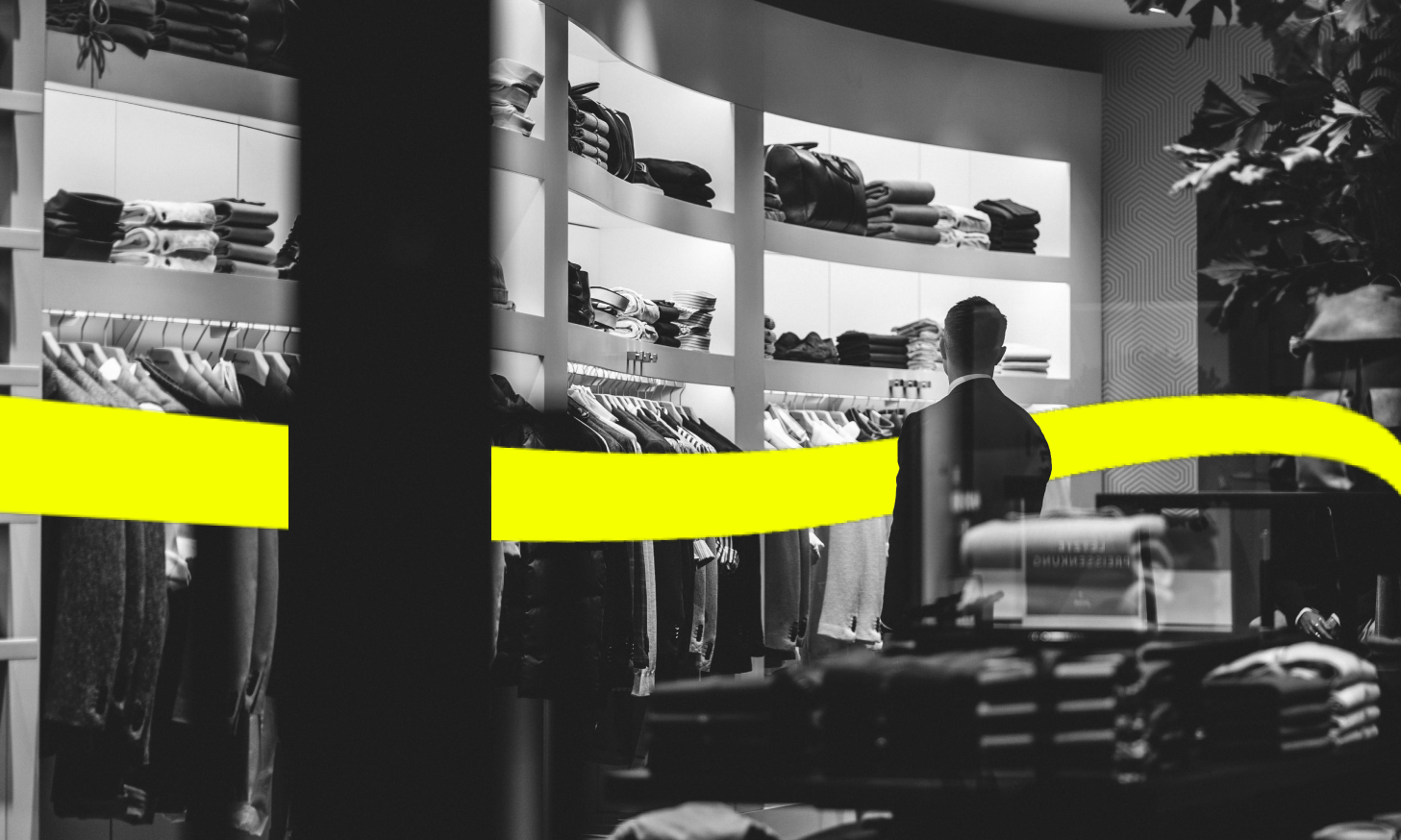
T&H CX > CUSTOMER EXPERIENCE AGENCY > EXPERIENCE > CX Strategy & Roadmaps
Customer experience initiatives often start with good intent but lose momentum without a clear strategy. Teams get pulled in different directions, and investment decisions are made without a unifying framework.
A CX strategy and roadmap provides clarity. It defines your north star for customer experience, aligns leadership around a shared vision, and turns ambition into a practical, prioritised plan of action.
Without a CX strategy and roadmap, organisations face:
Competing priorities that fragment investment and effort
Inconsistent customer experiences across channels and brands
Difficulty linking CX improvements to commercial outcomes
A lack of alignment between senior leaders and delivery teams
Short-term fixes that don’t build long-term capability
With a clear strategy and roadmap, every initiative is connected to customer needs, business ambition, and measurable results.
Define your CX ambition, guiding principles and core priorities, aligned to customer insight and business objectives.
A staged, practical plan that sequences initiatives, sets milestones and clarifies ownership.
Tools and criteria to focus on initiatives with the greatest customer and business impact.
Structured workshops and facilitation that unite stakeholders around a shared CX vision.
Review current CX performance, customer insight and organisational ambition.
Shape a clear CX ambition, strategy and guiding principles.
Build a practical roadmap that balances quick wins with long-term transformation.
Many roadmaps are just lists of projects. Ours are grounded in research, built for commercial outcomes, and designed to earn executive support.
Our senior team has experience both agency- and client-side, meaning we know what it takes to win buy-in at every level. We create strategies and roadmaps that aren’t just visionary, but practical — tools that guide real decisions and measurable results.
By defining a CX strategy and roadmap, you’ll gain:
A clear CX ambition that unites leaders and teams
Confidence in where to focus first to deliver measurable impact
A prioritised roadmap that balances short-term wins with long-term growth
Leadership alignment to break down silos and accelerate change
A framework that ensures CX investment is linked directly to business outcomes
End-to-end strategy and roadmap design, delivered as a clear framework with milestones.
Leadership sessions to align on ambition, principles and priorities.
Partnering with your team over time to adapt and evolve the roadmap as conditions change.
You need to unify fragmented CX initiatives under one strategy
Leadership alignment is lacking across business units
Customer pain points aren’t linked to prioritised action
You’re about to make major investments in systems, products or journeys
You want CX progress to be measurable and accountable

Through research, Velocity Frequent Flyer wanted to unlock insights to help them gain a deeper understanding of the 'voice of the partner' in order to optmise their partnerships
.webp)
Qudos conducted a comprehensive CX Audit of the current state before developing a Customer Engagement Strategy and roadmap of initiatives and works to provide a clear and well-defined plan of action to strengthen Qudos' position in the market and contribute to its core value - 'Customer First'.
%20(1).webp)
T&H partnered with nib to develop a test and learn framework to help structure and drive improvements in nib's engagement communications.